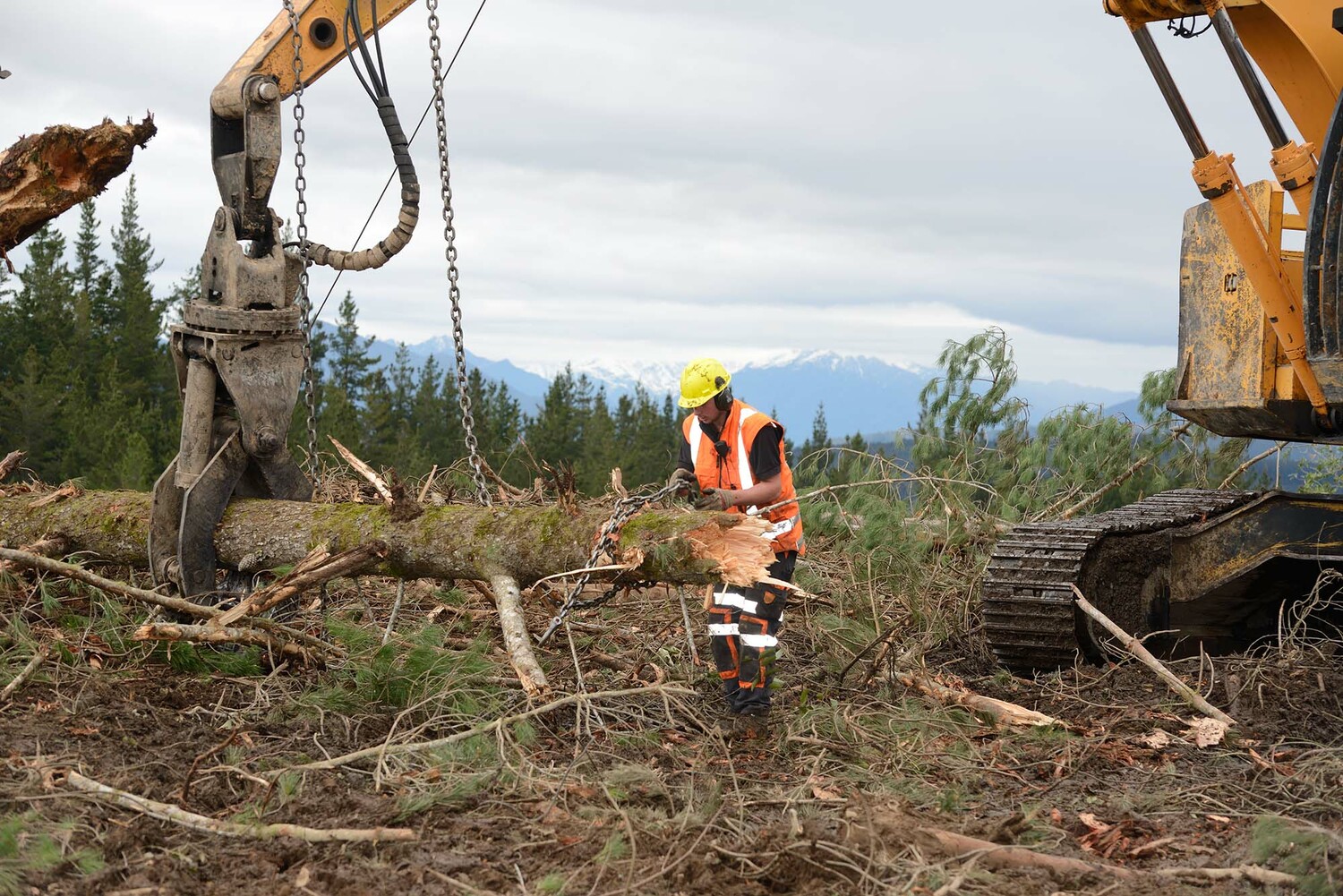In June 2024, WorkSafe NZ published their report “Work Health and Safety: An Overview of Harm and Risk in Aotearoa New Zealand 2024”. The report provides a detailed assessment of workplace health and safety trends and risks across the country.
Key Findings
The report reveals that despite some progress, New Zealand still faces significant challenges in reducing workplace harm, especially in high-risk sectors. Agriculture remains one of the most dangerous industries, accounting for a large proportion of workplace-related fatalities. Forestry and construction also see elevated injury and fatality rates, with accidents related to heavy machinery, high-risk environments, and hazardous materials contributing to the statistics. The report urges businesses in these industries to implement more effective safety measures and consistently monitor risks.
Occupational Health Focus
The report emphasizes the need to address long-term occupational health issues, going beyond the immediate physical injuries that often dominate health and safety discussions. For instance, workers in various sectors are exposed to carcinogens and harmful chemicals, increasing the likelihood of chronic diseases. The report highlights the importance of managing chemical exposures and monitoring air quality in work environments. Additionally, musculoskeletal problems like repetitive strain injuries (RSIs) and back pain are common in industries with manual labour and poor ergonomic practices. The report stresses the need for interventions that promote better ergonomics and reduce the physical strain on workers.
Mental Health and Psychosocial Risks
WorkSafe’s report also draws attention to mental health issues and psychosocial risks in the workplace. Stress, workplace bullying, and mental health disorders are recognised as growing concerns that can negatively affect workers’ well-being and productivity. The report advocates for businesses to prioritise mental health initiatives, understanding that a safe work environment should include emotional and psychological safety, not just physical.
Vulnerable Workers
The report points out that not all workers are equally protected, with vulnerable groups such as Māori and migrant workers facing higher risks. These workers often encounter language barriers, insecure employment conditions, and a lack of familiarity with New Zealand’s safety regulations. These factors put them at greater risk of workplace harm. The report highlights the need for tailored interventions and safety initiatives that ensure these groups benefit from the same health and safety standards as the rest of the workforce.
Recommendations for Improvement
The 2024 report offers several recommendations for improving workplace safety. First, it calls for a stronger focus on risk management, especially in high-hazard industries. This includes implementing more comprehensive training programs and safety protocols. Additionally, the report emphasizes the importance of monitoring long-term health outcomes, such as chronic illnesses related to workplace exposure, and taking proactive steps to mitigate these risks.
Finally, the report suggests that mental health and psychosocial factors need to be integrated into workplace safety practices. By addressing both physical and mental well-being, businesses can create a safer, more productive work environment.
Conclusion
The Work Health and Safety: An Overview of Harm and Risk in Aotearoa New Zealand 2024 report serves as a valuable resource for businesses, safety professionals, and policymakers. It outlines the areas where improvements are necessary and offers practical solutions for reducing harm in New Zealand workplaces. As businesses continue to adapt to evolving risks, this report highlights the importance of a proactive approach to health and safety, ensuring that all workers are protected.
For more in-depth information, the full report is available on the WorkSafe New Zealand website.
